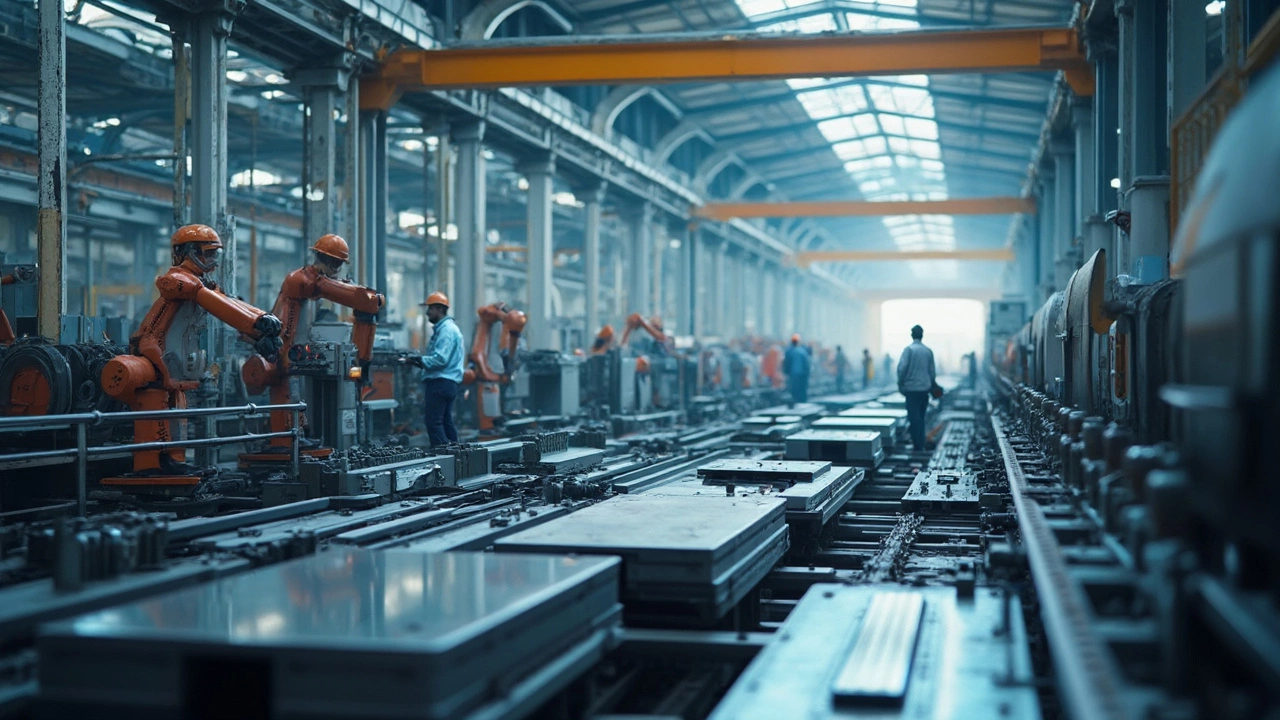Top Steel Companies: Who Leads the Global Steel Industry
If you’re curious about which firms dominate the steel world, you’ve come to the right place. Steel isn’t just a material – it’s the backbone of construction, cars, and countless everyday items. Knowing the major players helps you understand price moves, supply chains, and where new tech is coming from.
How the Leaders Got Their Edge
Most of the top steel firms grew big by combining scale with smart upgrades. Companies like ArcelorMittal, Nippon Steel, and China Baowu invest heavily in modern furnaces that cut energy use and lower emissions. They also own mines, so they control raw iron ore and coal, keeping costs steadier than rivals who must buy from outside.
Another secret is diversification. The biggest names don’t just make flat sheets – they produce automotive-grade high‑strength steel, specialty alloys for aerospace, and even steel for renewable‑energy projects. That variety shields them when one market slows down. For example, when construction dipped in 2020, automotive and energy orders kept many plants humming.
Geography plays a big role too. Firms with a global footprint can shift production to regions with cheaper power or favorable trade policies. Baowu’s network of plants across Asia and Europe lets it tap into different markets without huge shipping costs. Meanwhile, U.S.-based Steel Dynamics focuses on domestic demand and benefits from “Made in America” preferences.
What to Watch in the Steel Market
Even the biggest steel makers face challenges. Decarbonisation is a hot topic – governments are pushing for lower‑carbon steel, and companies are testing hydrogen‑based direct reduction. Those who adopt early could command higher prices for greener products.
Trade policies also shift the playing field. Tariffs, anti‑dumping duties, and import‑export bans can boost local producers or squeeze overseas sellers. Keep an eye on announcements from the U.S., EU, and China, as they often ripple through pricing.
Finally, technology is reshaping how steel is made. Automation, AI‑driven quality control, and 3‑D printing of steel parts are moving from labs to factories. Companies that blend these tools with traditional processes can boost output while cutting waste.
In short, the top steel companies stay ahead by scaling efficiently, diversifying products, and embracing new tech. If you follow their moves, you’ll get a clearer picture of where the whole industry is heading. Whether you’re an investor, a supplier, or just curious, watching these leaders gives you a front‑row seat to the forces shaping the world’s most essential metal.
